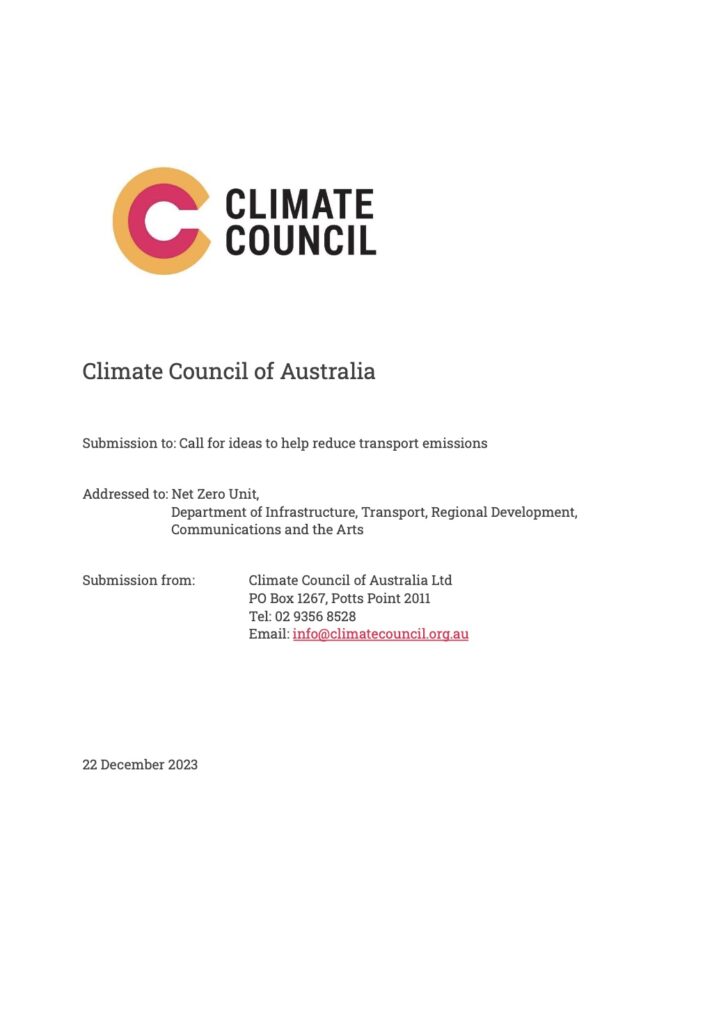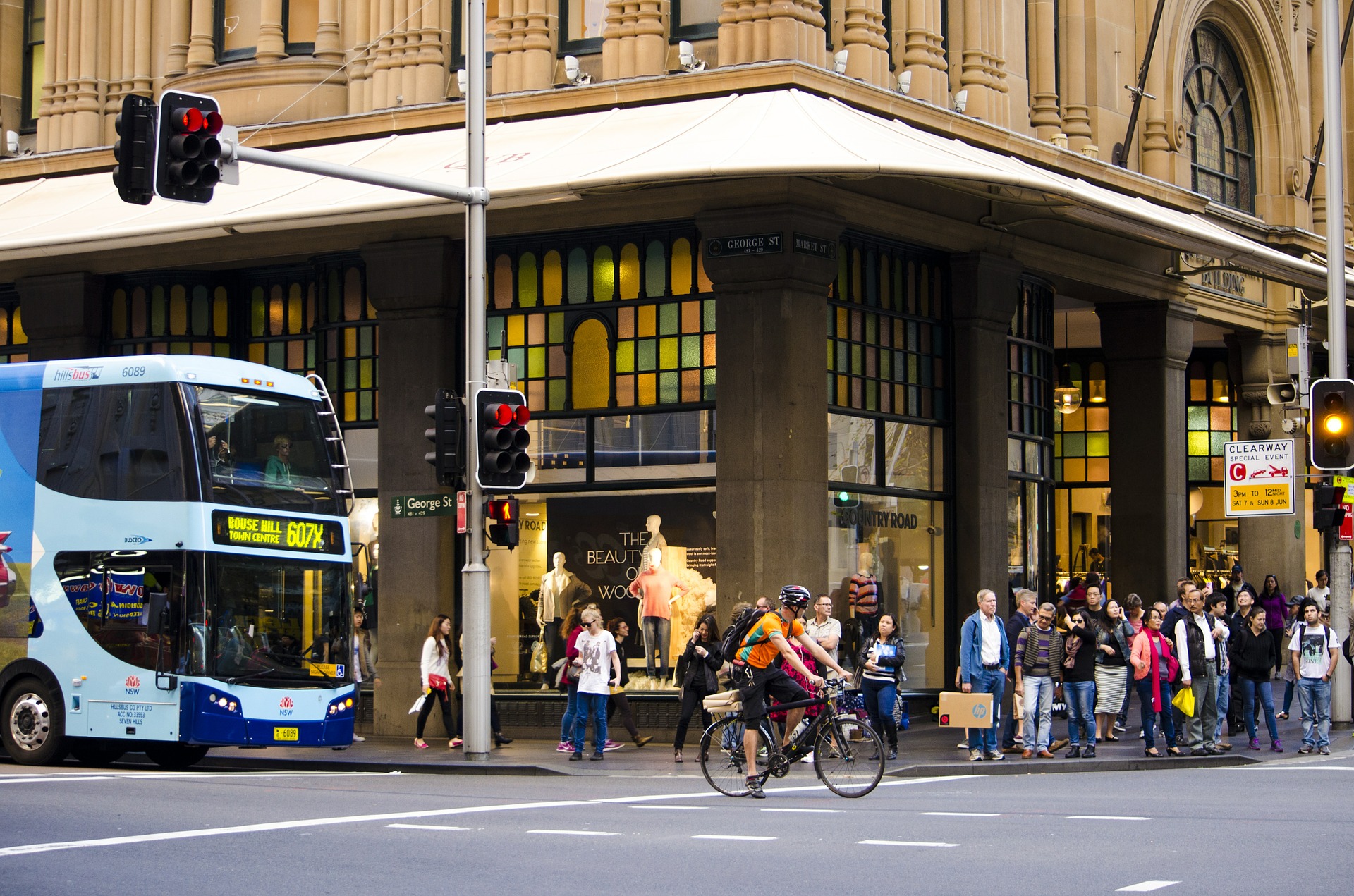Goals matter: setting objectives for transformative and equitable passenger mode shift
Passenger transport emissions from cars and light commercial vehicles account for the majority of transport emissions (62 percent in pre-COVID times) (DCCEEW 2023). Decarbonising passenger transport therefore, is a key part of reducing emissions from the sector. Fortunately, the solutions are readily available today and waiting to be implemented.
While accelerating the uptake of electric vehicles is important, simply electrifying every fossil-fuelled vehicle will not achieve the rapid emissions reduction in transport needed this decade. We need to transform how we get around, from a car dominated system to one oriented around shared and active transport. Countries around the world are making significant progress on sustainable mobility, with funding commitments and mode shift targets which should serve as inspiration as Australia develops our Transport Net Zero Roadmap and Action Plan.
Structurally shifting public investment toward active and public transport
Future investment on shared and active transport and roads should reflect the changes we need to see across uptake of these modes. For this reason, the Climate Council recommends 50 percent of transport budgets be dedicated to public transport and 20 percent for active transport, in line with international best practice (Climate Council 2022; UNEP 2016). Funding for accessibility of transport and built infrastructure must also be embedded in this expenditure.
Increased expenditure on active transport and/or public transport has been committed to in countries including Ireland, France and Scotland. Wales is leading the way on a moratorium on future road spending, while California is making changes to planning processes to prioritise a reduction in vehicle miles travelled, and France is ceasing new and expansionary airport projects. The Australian Government’s Transport and Infrastructure Net Zero Roadmap should be focused at this scale of effort, driving significant structural shifts in transport planning and delivery.











